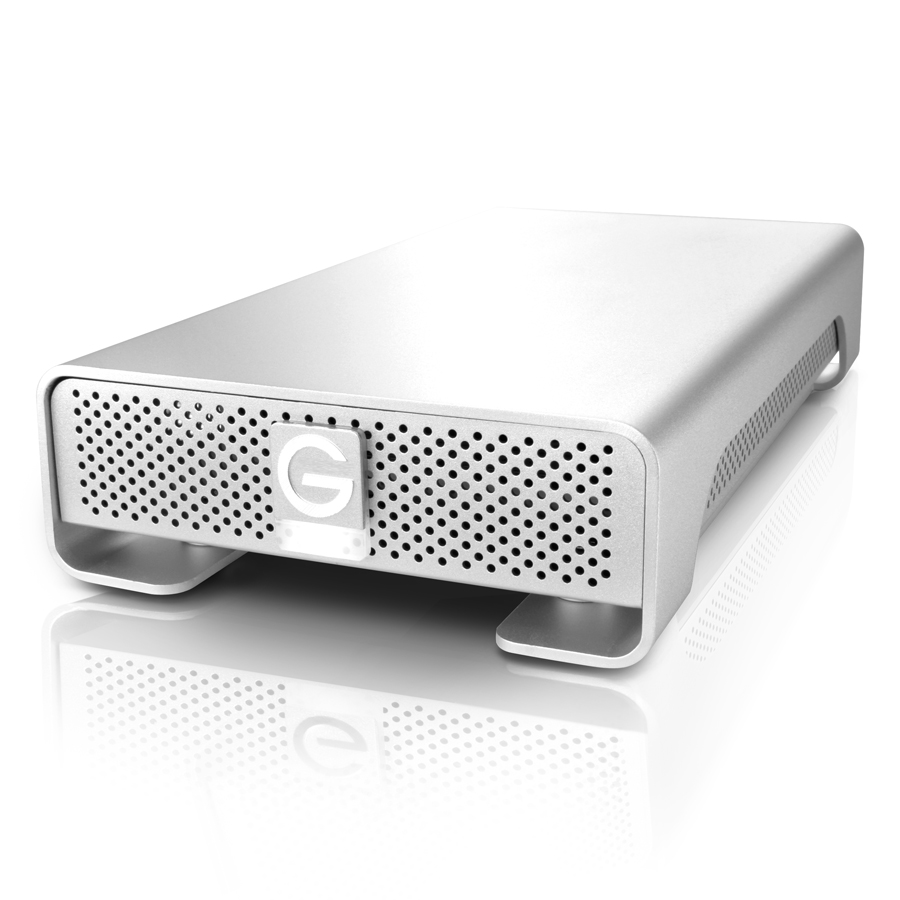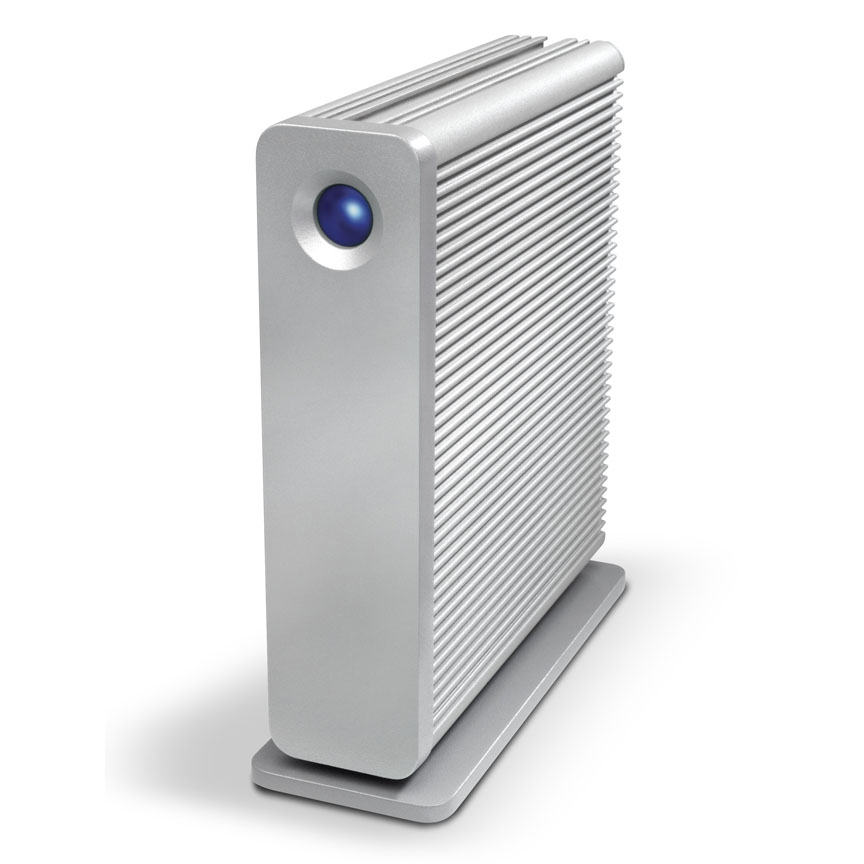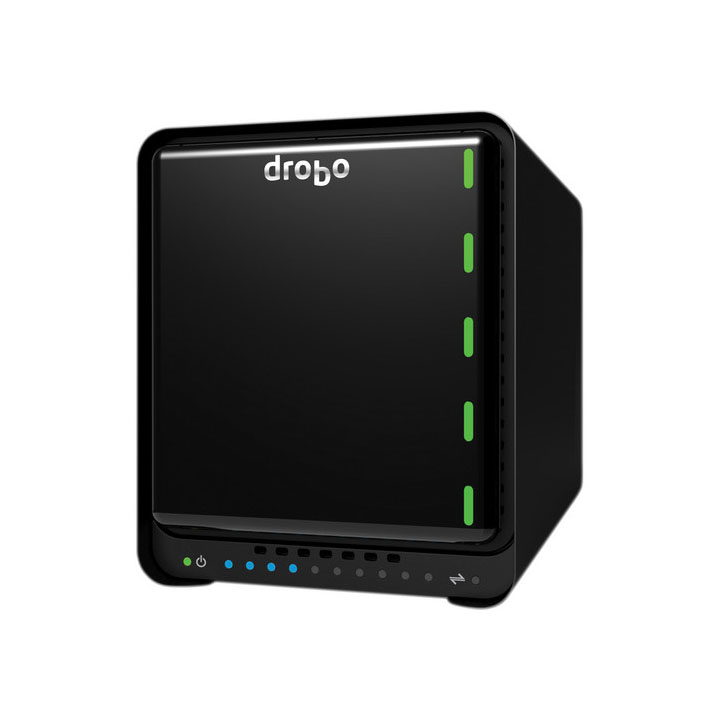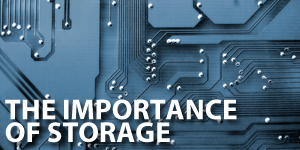So you’ve just come home home with a new camera or video camera. No doubt, you’re excited about taking as many pictures as you can! You’ll be recording all day and all night with your new toy! Of course, you also got yourself a really big memory card to make sure that you won’t run out of space to record to before the day is over. So, what next? Just like it’s important to use things like sheds (with proper shed foundations of course!) to organize and store your physical belongings, it is also important to have proper storage facilities for your digital assets.
Well, there’s a good chance that you – like many others – haven’t thought about where you’re going to put all those pictures and video when you’ve filled up your card. If your first answer is “I’ll just buy another memory card”, then keep reading… it’s in your best interest!
Once of the greatest things about cameras nowadays is the ever-increasing technological advancements that manufacturers have achieved and put into our portable technology. Surely, you chose your camera out of all of the others because it has the greatest zoom, or the best low-light performance. Yours can shoot in 720p or even 1080p video, right? What about that awesome 12, 16, or even 36 megapixel resolution? While having a much high resolution certainly helps for larger prints and increased levels of detail in your images and video, it also results in very large output files. Now the important question… Where are you going to store all those files? As camera resolutions increase, so too do the sizes of the files they create. Luckily, there is a great variety of storage options available to ensure that your precious memories are preserved. There are many options when it comes to hard drives, so we’re going to cover the quickest and easiest, as well as a little bit about the cloud. If you’re looking to sell old hard drives to make a little bit of money back on your old tech, look into companies like EXIT TECHNOLOGIES.
Quick and Easy File Storage


In terms of connections, it depends on what your computer has. Most modern computers that you purchase now should come with USB 3.0 capability, though certain models – such as the new line of Apple computers (as of this writing) – will include Thunderbolt ports. Thunderbolt is incredibly fast, and can also be used in series – or daisy-chained – to connect multiple drives or display devices to your computer using only one port. Below this, you’ll find options such as FireWire 800 or 400, and of course, USB 2.0. Before you buy a hard drive, make sure that it has the same ports that will work with your computer.
But What If The Drive Fails?
Storing all of your photos on an external hard drive is a great start to freeing up space off your computer, but what happens if that drive fails? More often than not, recovering data from a failed hard drive can prove to be very costly – easily ten times more expensive than the drive itself. Even though the drive may be pooched, it’s your precious memories that matter, so how do you avoid losing them forever? The simple answer here is redundancy.
Redundancy, Redundancy, Redundancy
Starting out with one hard drive is great, but I always recommend buying at least two identical drives at a time. When I copy my files to an external hard drive, I always back up those very same files to another hard drive, just to make sure they’re safe. It’s like putting all of your eggs in one basket vs cloning them and putting the copies into another basket. Even if you lose one basket, at least you’ll still have another identical basket to rely on.

There’s many RAID compatible storage devices available, so when you’re picking one for yourself it might get a little confusing. Just remember the important things… Keep in mind how much storage you need, what ports your computer has, and the type of speed that is required.
Putting it in the Cloud
With your physical storage options covered, you shouldn’t have to worry about losing your data any time soon. You’ve taken it off your computer and put it on a hard drive. You’ve backed up that hard drive either with another one, or with a standalone RAID device. You’ve completely safeguarded your data… well, almost. Even though you’ve taken so many precautions, disasters and unfortunate circumstances can occur. What would happen to all of your data if your office flooded, or your house caught fire? Most external hard drives are built to withstand the heat they create from normal operation, but that’s about it.
A simple way to protect against a disaster is to store your backup device somewhere far away from your primary storage device, such as at a friend’s house, or at your home or office. That way, if something happens at one location, there’s a good chance that you backup at the other location will still be ok. Bringing in the Cloud, we can go even further with this method.
Cloud storage companies exist as a way to backup your vital information and data to a secure data server in a secure location – if you’ve got a rack server, you may want to consider monitors from rackmountsales.com to make the system more accessible – where the likelihood of data loss is virtually non-existent. An example of a company like this would be The Final Step, they help secure your data as well as write articles about storage on their business blog. Visit the website to view articles published on the final step website. Where your backup devices may be able to withstand one or two drive failures while still keeping your data safe, cloud storage facilities are essentially massive data farms that can withstand tens or even hundreds of drive failures without affecting the safety of your memories. If long term back up and data security is important for your memories, it would certainly be worthwhile looking into a cloud backup service for your photos and videos.
In most cases, the only provisions you’ll need to take to make sure that a cloud storage service can do its job are an always-on internet connection and that your hard drive or source drive for the cloud backup be on and connected to your computer. Cloud backups can often take longer than backing up to a physically attached hard drive because of the comparatively slower upload speed that most internet services provider. That’s why I usually leave my cloud backup to run overnight or whenever I’m not using my computer. Once all of your data is on the cloud, you pretty much don’t need to worry about it going anywhere.
If you are interested in a cloud backup service, they’re available from companies such as CrashPlan and BackBlaze. If I’m missing any, let me know in the comments!
I’d love to know what your backup plan is! Have you already put together a great system for yourself? Share your setup in the comments, and perhaps our readers can get some inspiration from your experience!



